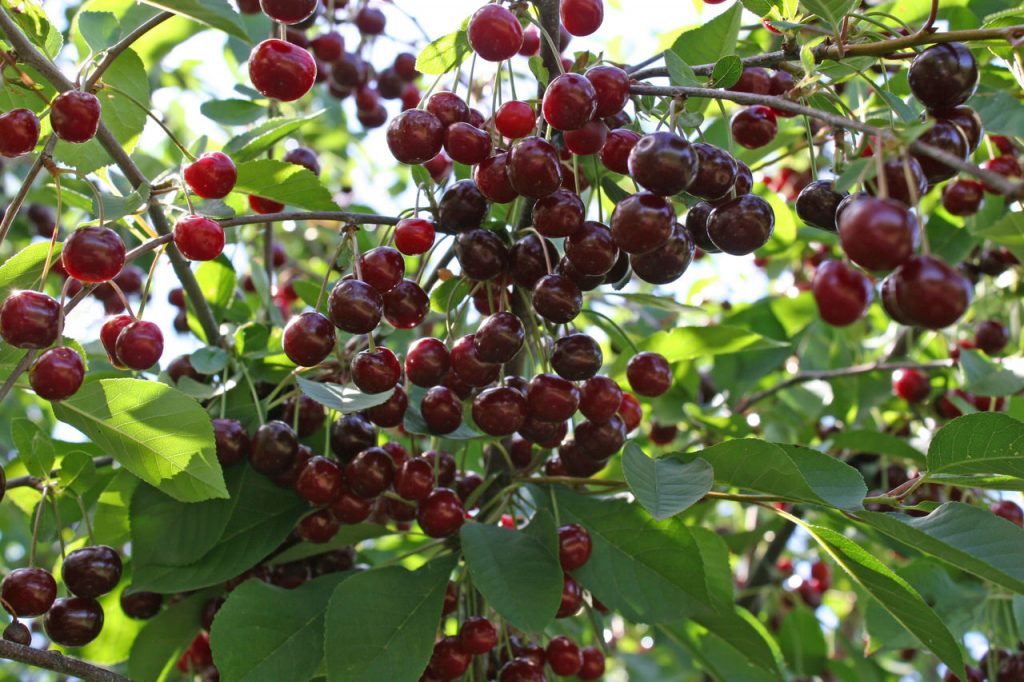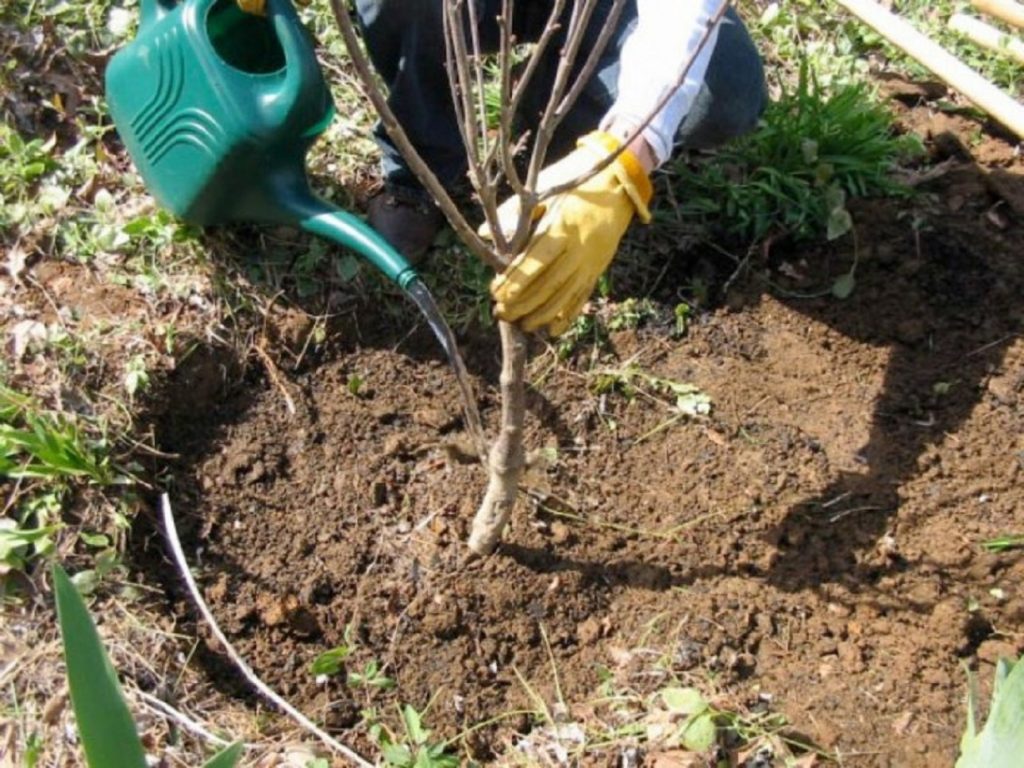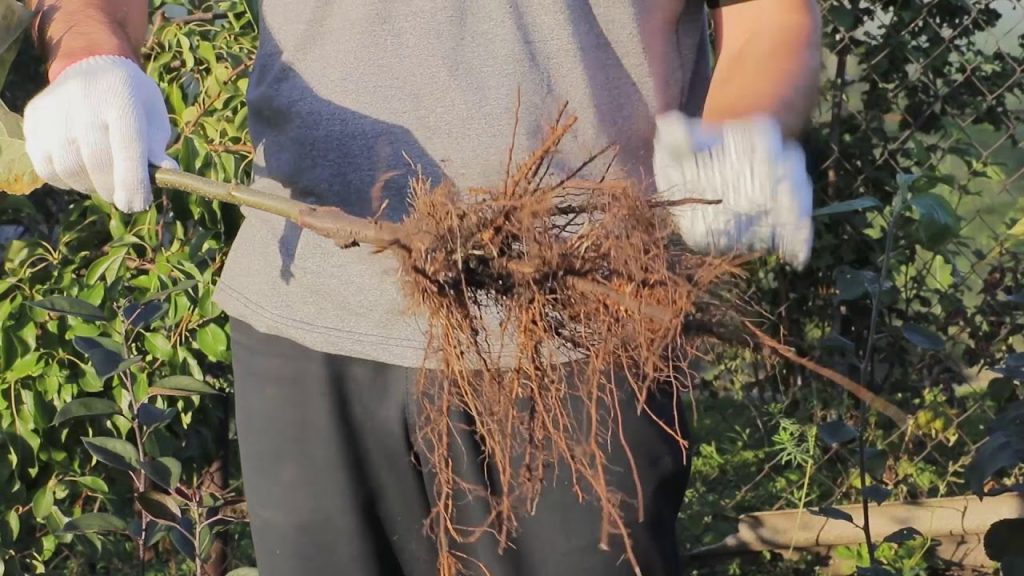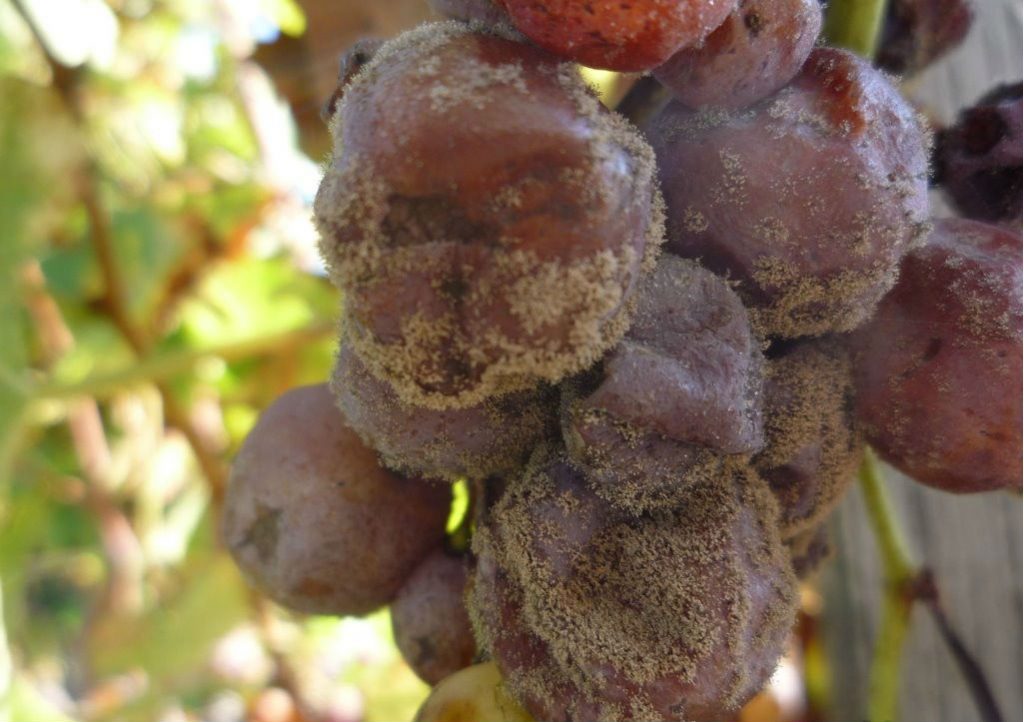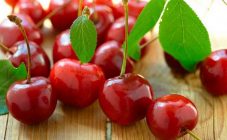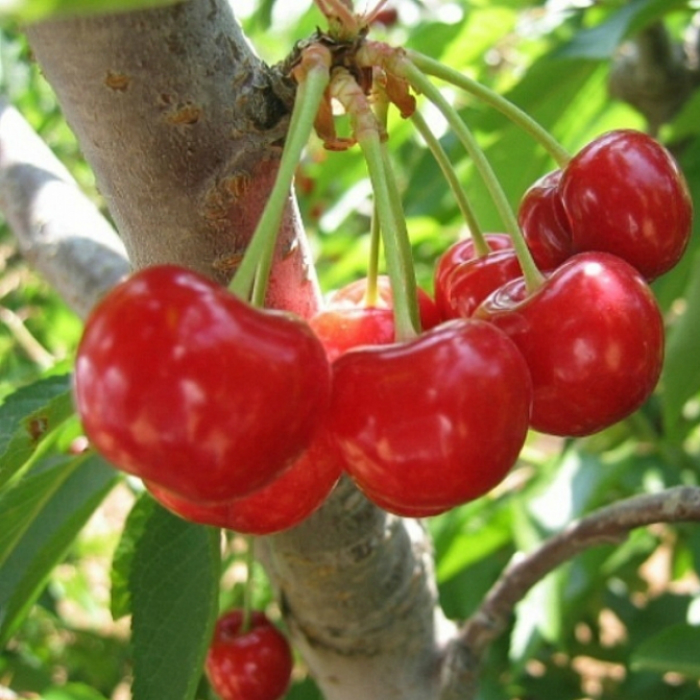Content:
Cherry variety Anthracite is obtained from seedlings of another famous black cherry variety - Consumer goods by modern Russian breeders from the All-Russian Research Institute. And in 2006 it was entered into the State Register. This cherry variety is a rather undersized shrub that grows no more than 2 m, but is very fertile for its growth. The fruits ripen in mid-summer. The variety is suitable for growing throughout the Russian Federation.
Characteristics and description of the Anthracite cherry variety
Cherry Anthracite is frost-resistant and self-pollinated - almost all inflorescences form fruits. However, for better pollination, it is recommended to plant Shokoladnitsa or Nochka cherry varieties in the vicinity.
Harvesting from a planted tree is possible after 4 years after planting on the site and no more than 18 years, this is the average life of the shrub.
If you follow all the recommendations and decent care from one small Anthracite cherry shrub, you can collect an excellent harvest - up to 18 kg.
Advantages and disadvantages
The advantages of this variety of cherries include:
- decent yield, despite the short stature;
- universal purpose of berries;
- resistance to long-term transportation, storage duration;
- the presence of a high industrial grade.
Minor disadvantages include relative instability to such common diseases as coccomycosis, moniliosis.
Shrub description
Low-growing Anthracite cherry, the height of the bush does not exceed 2 m. Moderately dense, sweeping crown is slightly raised. The leaves have a dark green hue, an ovoid shape of short length - no more than 7 cm. The reverse side of the leaves differs in shade from the outside - it has a light green color with convex veins.
General characteristics of the fruit:
- heart-shaped;
- weight up to 5 g;
- the color is closer to black;
- the peel is thin enough, but not prone to cracking;
- medium-dense pulp has a burgundy hue;
- has a rich, moderately sweet, with a slight sour taste;
- a yellowish stone, remarkably separated from the pulp, reaching 5.6% of the total weight;
- peduncle of medium thickness, approximately 11 mm;
- taste for a solid 4 points;
- appearance is rated for almost all 5 (4.9).
- dessert type of fruit.
The Anthracite cherry variety is widely used in cooking. The fruits are suitable for:
- freezing;
- drying;
- cooking compotes;
- cooking preserves and jams in combination with various fruits and berries;
- baking;
- decoration of dessert sweets;
- consumption fresh.
Landing
The time for planting plants in open ground depends on climatic conditions. In the southern regions, you can plant trees in the fall or spring. In cool areas - only in spring, otherwise the plant will not have time to take root properly before the cold weather.
Before planting Anthracite cherries, you need to prepare:
- choose a suitable place on the site;
- find a quality seedling, prepare it;
- apply mineral fertilizers to the soil.
Finding the right place
For this cherry variety, a site with fertile, non-acidic, airy, non-clayey soil is suitable.
To improve the quality of clay soils, the following are well suited:
- sand;
- peat.
To reduce acidity, you can add:
- lime;
- dolomite flour;
- wood ash.
Important! Cherry Anthracite dislikes abundantly moist areas and stagnant rainwater. This variety prefers sunny places without unnecessary drafts.
Selection of quality seedlings
When purchasing Anthracite cherry varieties from professional gardeners or in specialized stores, as well as at all kinds of exhibitions, be sure to pay attention to several points:
- The seedlings should not be more than 2 years old.
- The seedling should be no more than 60 cm high.
- The trunk diameter must be at least 2 cm.
- Well-formed skeletal branches.
- Sufficiently developed root system.
- Abundance of root hairs.
There should be no molds, rotten areas, larvae on the rhizome.
Disembarkation process
Before disembarking at a summer cottage, it is recommended:
- Dig a hole about 50 cm deep and wide.
- Add a top dressing mixed with 10 liters of compost, which contains superphosphate, potassium chloride, wood ash in a proportion of 30 g: 40 g: 500 g.
- Fill half of the well with fertilizer.
- Pour 10 liters of water into the pit.
- Place a wooden peg in the center of the hole.
- Plant the seedling in the hole, carefully covering the root system with soil.
- Gently tie the tree to the hammered peg.
- Mulch with sawdust or peat.
Fertilizers
It is recommended to feed cherries during abundant flowering at least 3 times a season.
The first feeding is nitrogen. Produced immediately after thawing the soil. Manufactured from:
- 10 liters of water.
- 20 g of carbamide or ammonium nitrate.
The next is produced with organic fertilizers during abundant flowering.
Composition:
- 10 liters of water.
- 0.2 l of manure or 500 ml of ash.
The latter, with the use of carbamide, is recommended after fruiting, preferably in the evening.
Composition:
- 10 l of water
- 10 g of carbamide.
Prevention of diseases and pests
As mentioned earlier, the Anthracite cherry variety is moderately resistant to diseases:
- moniliosis;
- coccomycosis;
- anthracnose;
- fruit rot;
- scab.
But there is still a chance of infection. In addition, there is a possibility of contamination of cherries with pests: aphids, cherry fly, moth.
To ensure the healthy growth of the shrub, it is recommended to spray the cherries with compositions in order to prevent diseases and pests. Solution options:
- In the spring and autumn, spraying shrubs and near-stem soil with Bordeaux mixture diluted with water with karbofos in proportions of 200 g: 10 l: 80 g.
- Before fruiting, spray with a composition of:
- 80 g of benzophosphate;
- 10 liters of water.
- In early spring, the trunks are whitewashed with the following composition:
- 10 liters of diluted lime;
- 100 g of copper sulfate.
- Get rid of old, dried branches by pruning.
Under the bushes, be sure to periodically put things in order - to remove fallen leaves and weeds.
The Anthracite cherry variety will be a great choice for small summer cottages. Having a small growth, this variety will fit into any secluded sunny corner of the country. A high-quality harvest with excellent taste will delight you throughout the entire fruiting.
